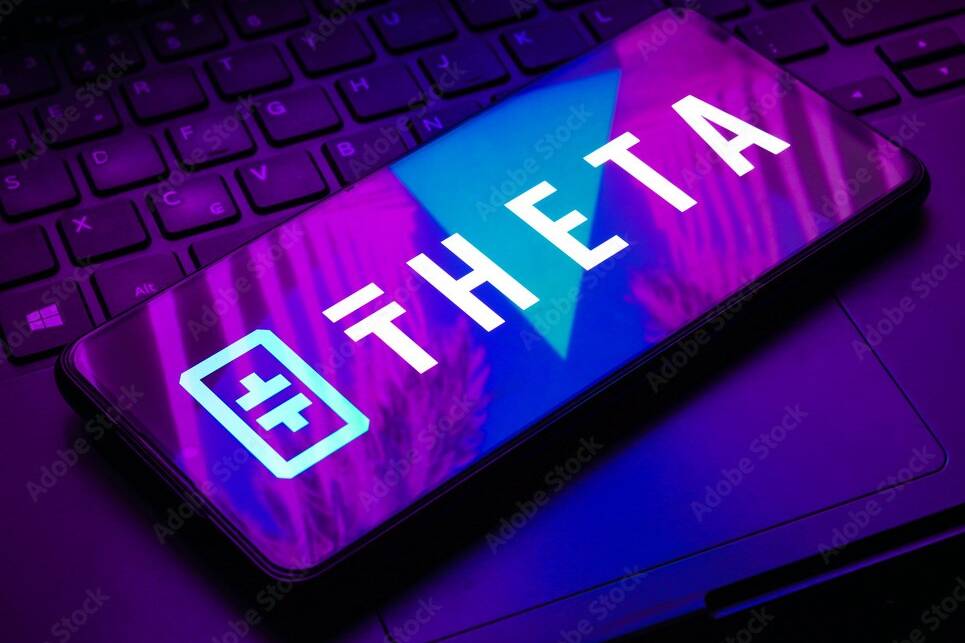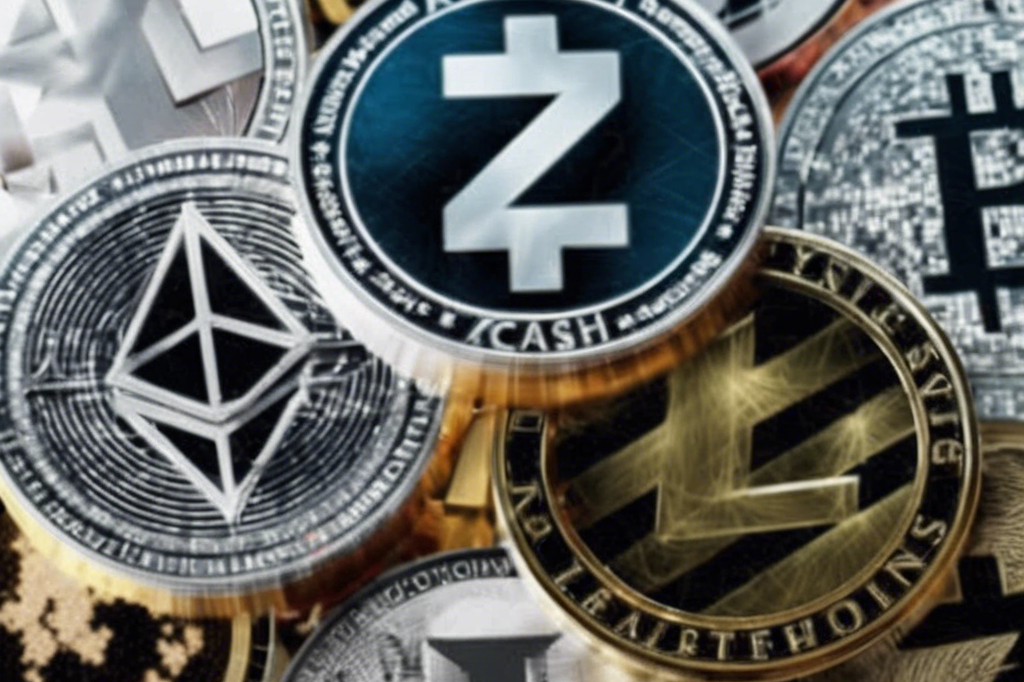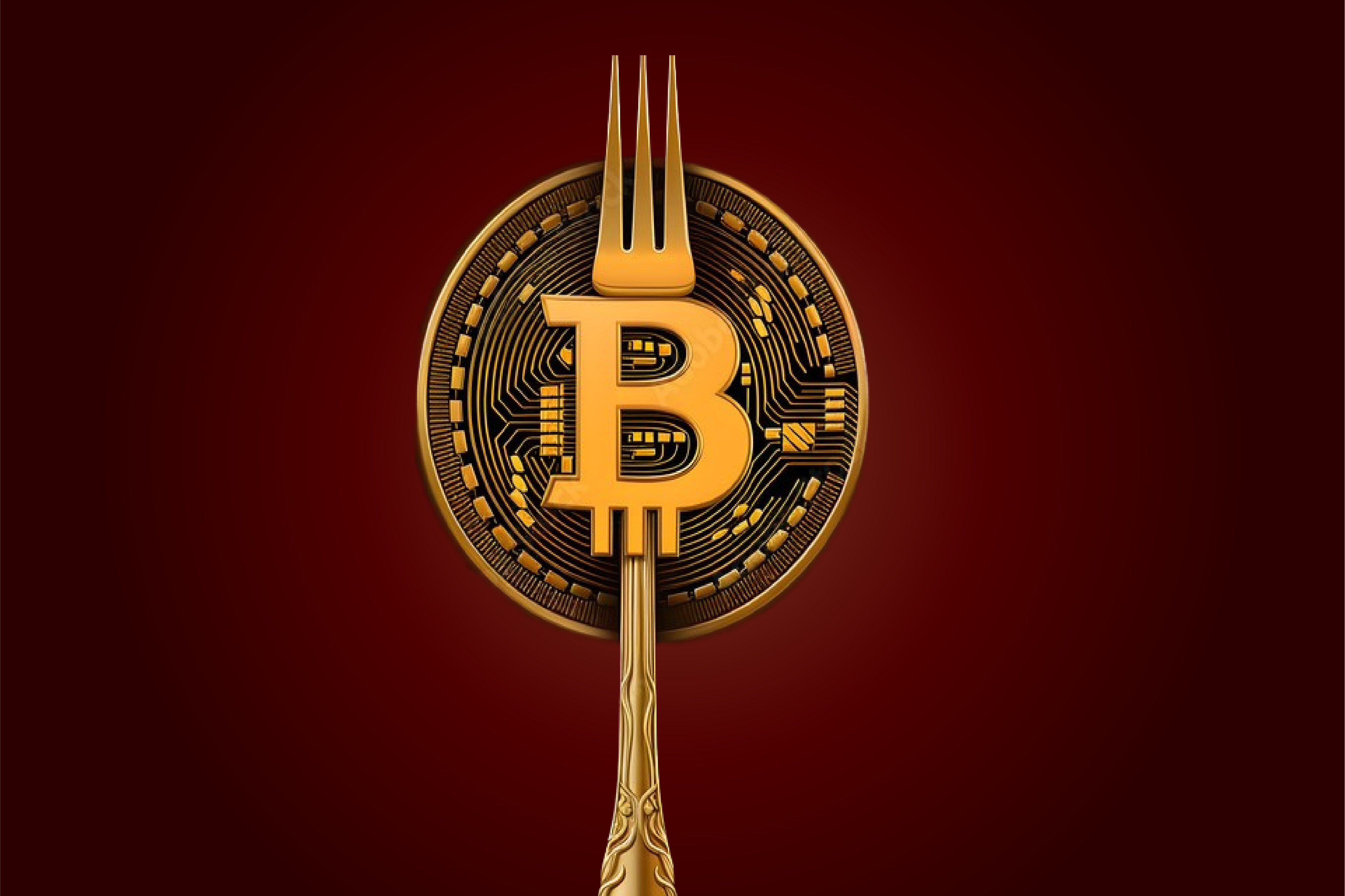April 5, 2024
What Are Web3 Wallets?
Web3 wallets represent the next evolution in digital wallets, offering users unparalleled control over their digital assets and enabling direct interaction with decentralized applications (dapps). As the backbone of the decentralized web, Web3 wallets are crucial in transitioning from traditional financial systems to a more decentralized, transparent, and user-controlled ecosystem.
Understanding Web3 Wallets
A Web3 wallet is a digital wallet that supports blockchain-based assets and applications, providing users with the tools to store, manage, and transact cryptocurrencies and other digital assets. Unlike traditional wallets tied to centralized entities (like banks), Web3 wallets empower users by giving them full ownership and control over their assets. These wallets utilize public and private key pairs to manage assets securely on the blockchain.
Key Features of Web3 Wallets
-
Full Ownership and Control:
- Web3 wallets ensure users have complete control over their private keys, which are crucial for accessing and managing their digital assets. This contrasts with centralized exchanges or traditional banking systems, where third parties hold custody of assets.
-
Interoperability with Dapps:
- These wallets are designed to interact seamlessly with decentralized applications (dapps) built on various blockchain networks. Users can engage in activities such as trading, lending, borrowing, and gaming directly from their wallets without intermediaries.
-
Enhanced Security:
- Security is a top priority for Web3 wallets. By leveraging cryptographic techniques and decentralized storage, these wallets significantly reduce the risk of hacks and unauthorized access compared to centralized counterparts.
-
Transparency and Privacy:
- Web3 wallets operate on blockchain networks, ensuring all transactions are transparent and immutable. Moreover, users maintain privacy as they are not required to provide personal information to create or use a Web3 wallet.
-
Multi-Asset Support:
- These wallets can store a variety of digital assets, including cryptocurrencies, tokens, and NFTs (non-fungible tokens), making them versatile tools for managing a diverse digital portfolio.
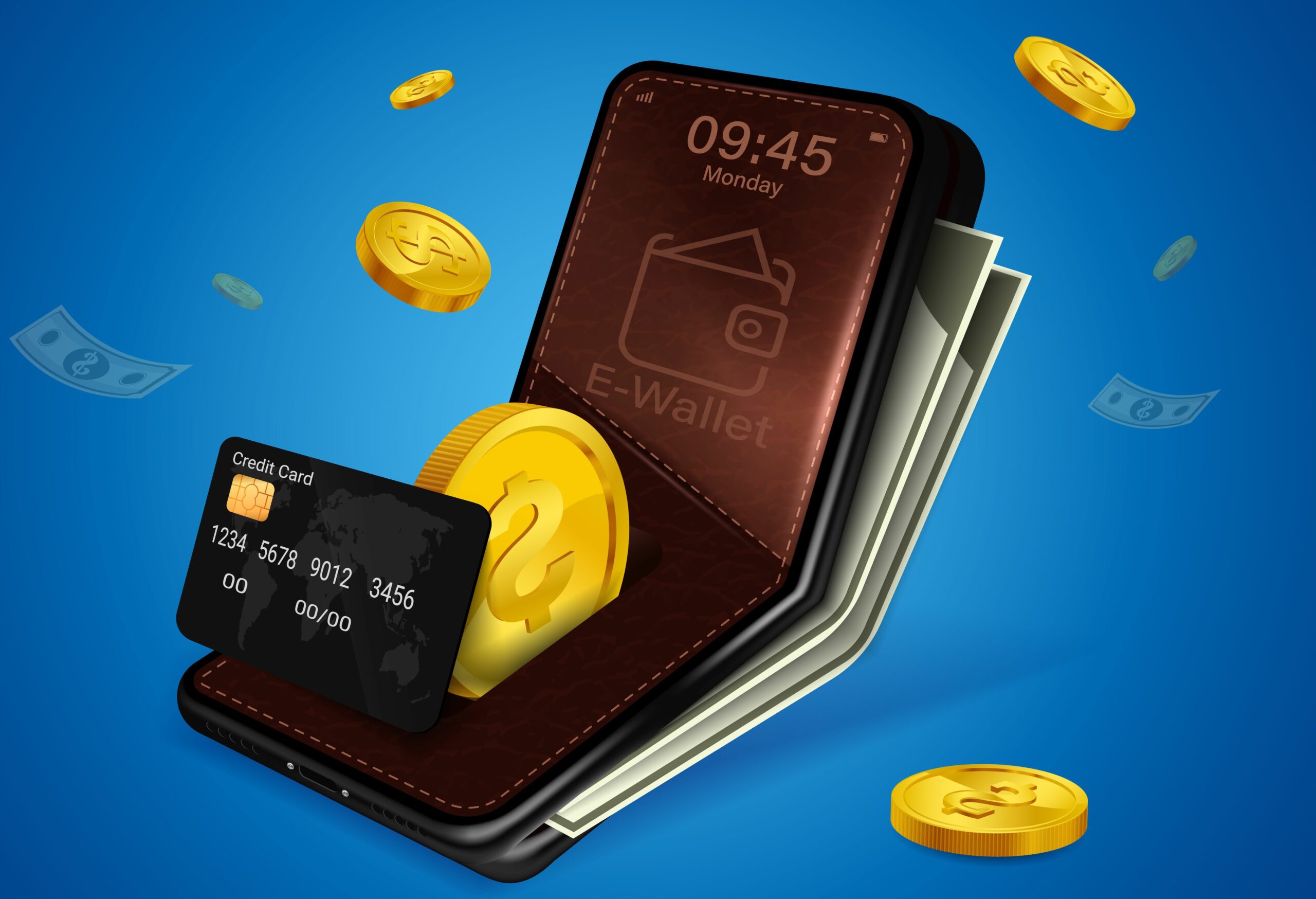
The Role of Web3 Wallets in the Decentralized Ecosystem
Web3 wallets are integral to the functionality and growth of the decentralized ecosystem. Here’s how they contribute to this emerging landscape:
-
Facilitating Decentralized Finance (DeFi):
- Web3 wallets are essential for participating in DeFi platforms. Users can lend, borrow, trade, and earn interest on their crypto holdings directly from their wallets, bypassing traditional financial intermediaries.
-
Enabling Direct Transactions:
- Users can send and receive digital assets directly to and from their wallets. This peer-to-peer transaction capability eliminates the need for central authorities and reduces transaction costs.
-
Access to a Wide Range of Dapps:
- From gaming and social networks to decentralized exchanges and yield farming, Web3 wallets serve as gateways to a myriad of dapps. This opens up new possibilities for users to engage with innovative blockchain-based services.
-
Identity Management:
- Web3 wallets can also function as digital identities, enabling users to sign into dapps and services securely. This form of decentralized identity management enhances privacy and security.
-
Custodianship of Digital Collectibles:
- With the rise of NFTs, Web3 wallets have become vital for storing and managing these unique digital assets. Users can buy, sell, and showcase their NFTs directly from their wallets.
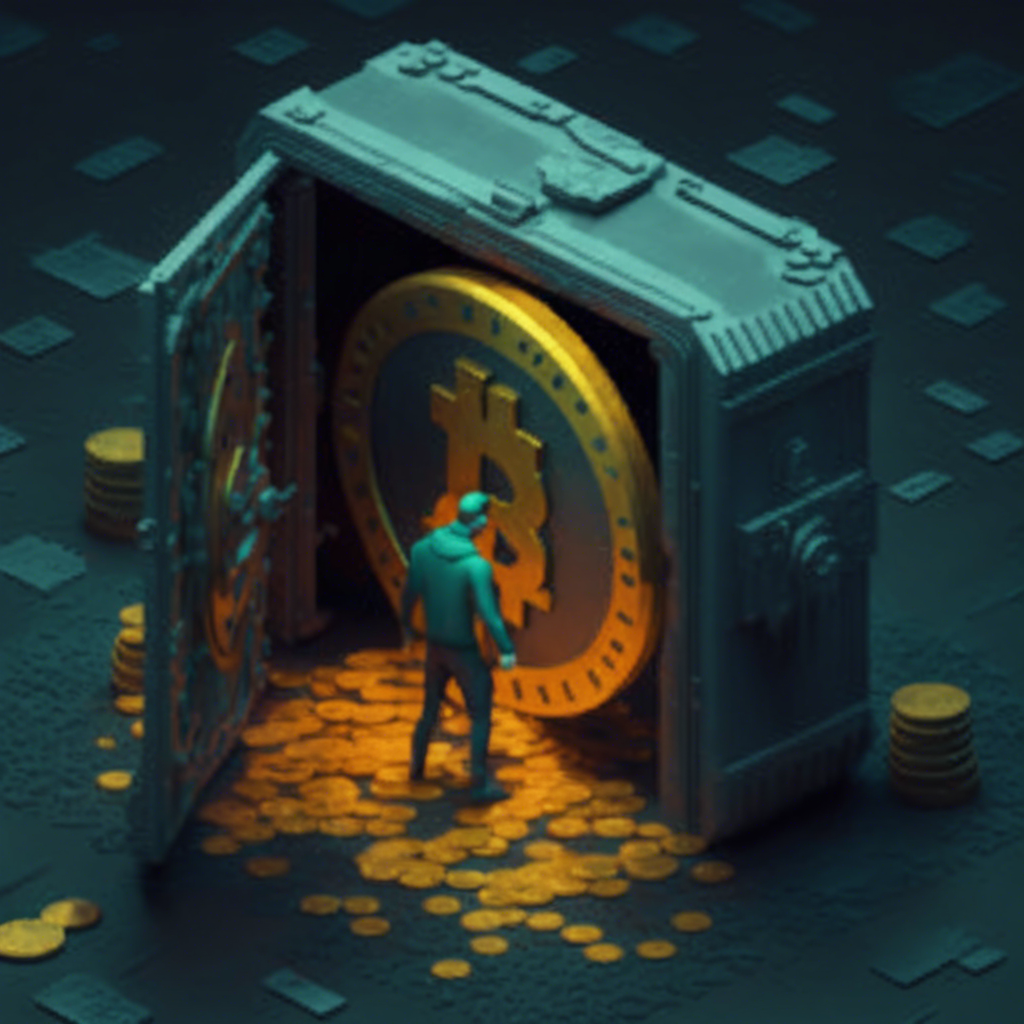
Types of Web3 Wallets
-
Hot Wallets:
- These are online wallets accessible via web browsers or mobile apps. Examples include MetaMask, Trust Wallet, and Coinbase Wallet. Hot wallets offer convenience but require strong security practices to mitigate risks associated with being always connected to the internet.
-
Cold Wallets:
- Cold wallets are offline storage solutions, such as hardware wallets (Ledger, Trezor) or paper wallets. They provide a higher level of security by keeping private keys offline, making them less susceptible to online attacks.
-
Browser Extensions:
- Some Web3 wallets, like MetaMask, are available as browser extensions, facilitating easy interaction with dapps directly from the browser. This integration streamlines the user experience when accessing decentralized services.
Conclusion
Web3 wallets are pivotal in shaping the future of the digital economy. By granting users full control over their assets and enabling direct interaction with decentralized applications, these wallets embody the principles of decentralization, transparency, and user empowerment. As the Web3 ecosystem continues to evolve, Web3 wallets will play an increasingly crucial role in bridging the gap between traditional and decentralized financial systems, paving the way for a more open and inclusive digital world.

